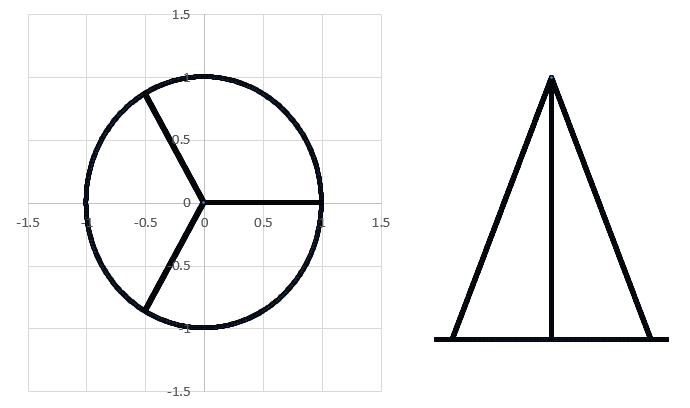Tripod Moment
A tripod is made of wire with a linear mass density of . The tripod consists of four parts:
1)
A circular base of radius
, contained within the
plane, with its center at the origin
2)
A straight line segment from
to
3)
A straight line segment from
to
4)
A straight line segment from
to
The attached image shows the projection onto the plane (to-scale), and the projection onto the plane (not to-scale).
If the moment of inertia of the entire tripod with respect to the axis is times as large as that of the circular base alone, what is the tripod height ?

The answer is 2.9782.
This section requires Javascript.
You are seeing this because something didn't load right. We suggest you, (a) try
refreshing the page, (b) enabling javascript if it is disabled on your browser and,
finally, (c)
loading the
non-javascript version of this page
. We're sorry about the hassle.
Moment of inertia of each straight segment about the z-axis is (√(1+H^2))/3, and of the circle is 2π. Therefore by the given condition of the problem, π=√(1+H^2), or H=√(π^2-1)=2.9781881070694